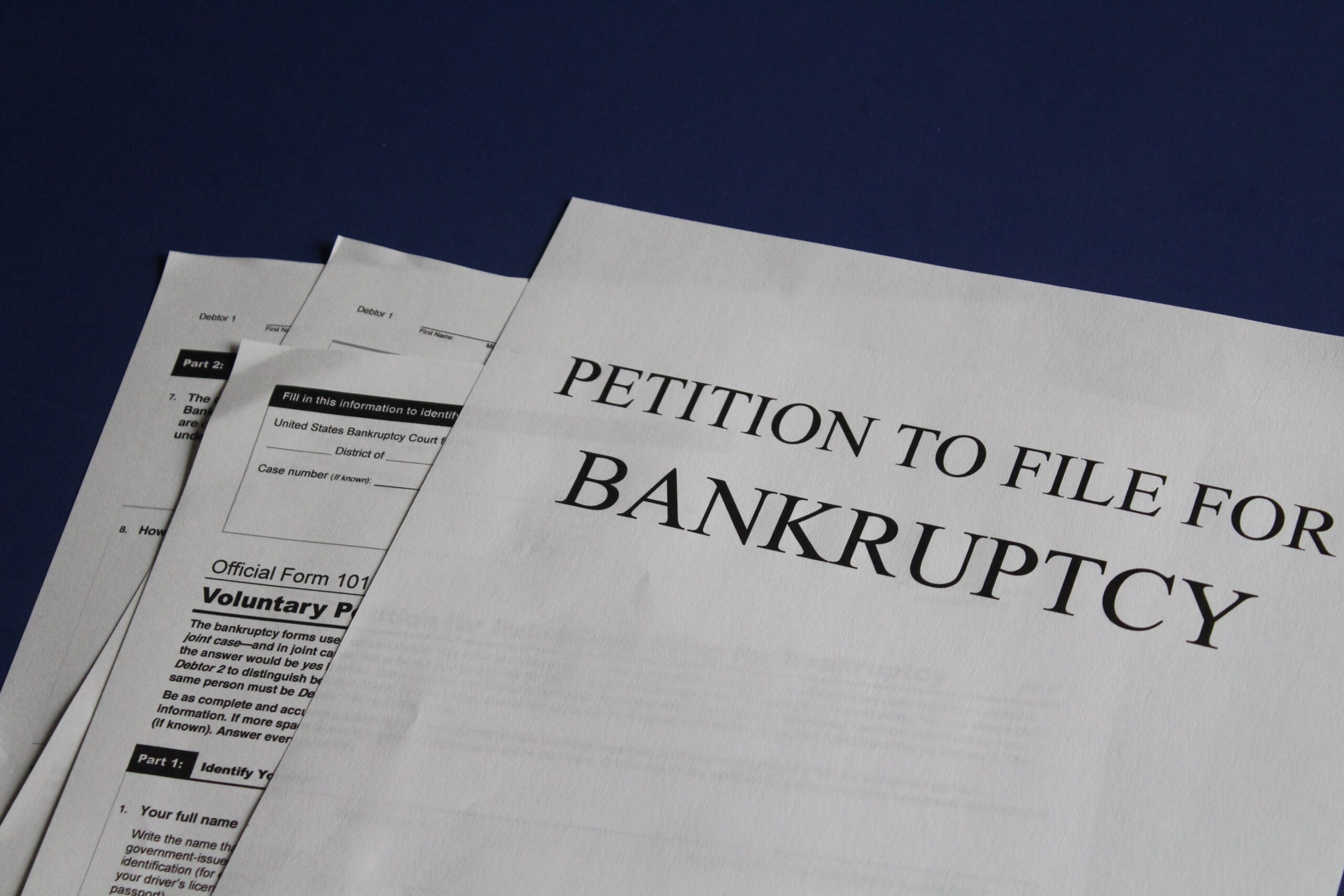Search results
What Happens When You File Bankruptcy?


When an individual or business struggles to keep up with bills and it becomes a significant issue, bankruptcy is often considered. Filing for bankruptcy asks courts to look at assets and liabilities to determine possible outcomes.
Should the court discharge debts, the debtor does not have to pay them down. Discharging all debts does not occur in every case, but bankruptcy can reduce financial burdens for involved parties.
For people who have debts that are too high to pay off, bankruptcy offers somewhat of a fresh start. Though it’s a last resort, filing bankruptcy is often necessary when other debt-relief efforts have failed.
Who Can Declare Bankruptcy?
Bankruptcy is an option for individuals and businesses who have more debts to pay than income. This is especially true when there is no foreseeable change anticipated. Bankruptcies occur when individuals accrue a certain amount of debt and then cannot pay it off. For example, if an individual buys a car before paying off federal student loans, he or she may become upside down in debt. Though it’s a solution for people who can’t manage debt, there are always consequences. Bankruptcy impacts credit scores on your public records and the financial future of those filing. While bankruptcy may prevent home foreclosure, car repossession, or wage garnishment, it isn’t without its burdens.How To File for Bankruptcy
Because bankruptcy is a legal process, the court system will evaluate each case. A bankruptcy judge and board of trustees examine cases to determine if debtors meet bankruptcy qualifications exceptions in emergency situations under the judicial action. After considering all types of debts and finances, the bankruptcy court may decide to reduce, restructure, or eliminate debt after the independent judgment. Filing for bankruptcy also comes at a cost. Individuals and businesses filing for bankruptcy usually have to pay filing fees and attorney fees. Individuals who cannot afford a bankruptcy lawyer might be able to qualify for legal services at a discount.Standard Bankruptcy Steps
- Compiling financial records. This requires listing regular income, disposable income, and expenses, as well as debts and assets.
- See a professional credit counselor from the credit counselling agency within 180-days before filing for bankruptcy. It’s a required step that helps show the courts that debtors have exhausted all options available to them in their personal situation. The certificate of completion received upon counseling completion must be part of the bankruptcy filing.
- File a bankruptcy petition with the court. Individuals can hire a lawyer if possible, but legal counsel is not required (though recommended on legal advice). Having legal counsel will be a benefit when it comes to ensuring correct documentation during a bankruptcy proceeding. There are several types of bankruptcy, and it’s important to file for the type that applies to an individual’s situation in their financial affairs.
- Attend a meeting of creditors. If the court accepts a bankruptcy petition, a trustee of the court will work on the case. This trustee will set up a meeting with the creditors involved in the filing. The debtor must attend the meeting, though creditors are not required to. Should they attend, they will have the opportunity to ask questions about the case.
Types of Bankruptcy
Because there are several bankruptcy types, it’s important to file the right forms for each situation. For individuals or married couples, there are two main types of bankruptcy filings, Chapter 7 and Chapter 13.- Chapter 7 Bankruptcy– This option is ideal for low-income individuals with few assets. It’s the most common type of bankruptcy filed. This bankruptcy filing allows individuals or couples freedom from a debt repayment plan and collection actions. Filing Chapter 7 bankruptcy allows debtors to keep many of the assets they have so long as they’re exempt property, such as social security.Debtors need to sell nonexempt property to repay some portion of the debt. If the court approves the case, the debtors would not have to repay the accounts included in the case. These filings stay on credit reports for 10 years and will have an immediate impact on credit scores.
- Chapter 13 Bankruptcy– This is another non-business option for declaring bankruptcy. Unlike Chapter 7, this filing involves some form of debt repayment to have the rest of the debt forgiven. Individuals whose incomes are too high for Chapter 7 file for Chapter 13 bankruptcy.This type of bankruptcy requires that income and debt do not exceed a certain amount. Courts reevaluate this amount semi-often, so it’s a good idea to check with a credit counselor about current guidelines.
Additional Bankruptcy Types
For businesses, there are a few additional bankruptcy types to consider and the are several differences between chapyer. Depending on if the filing body is a town, a standard business, or a family-owned farm/fishery, the courts will require specific chapter of bankruptcy.- Chapter 9– This bankruptcy type applies to cities and towns. The city develops a plan to handle debts while Chapter 9 bankruptcy protects the municipalities from creditors. This type of filing is not common, with only four cases filed in 2018. There were 20 cases filed in 2012.
- Chapter 11– Businesses declare this type of bankruptcy of financial difficulty. It’s often called reorganization bankruptcy. This filing allows businesses to stay open and restructure debts and assets. This way, the business can develop a plan to pay creditors. Larger corporations often choose this type of bankruptcy, but it is available to any business size. With Chapter 11 bankruptcy, a business may continue operating, but the court has to oversee major decisions.
- Chapter 12– This type of bankruptcy is difficult to qualify for, though it applies to family farms and fisheries. It allows fishermen and farmers working on family operations to organize repayment plans. These plans need to be completed within five years, unless there are seasonal issues that occur. In those cases, certain allowances are made.
- Chapter 15– Special cases that move beyond a single country’s borders can use a Chapter 15 bankruptcy. When a business has assets and debts in the US and another country, they file this type of case. It begins as an insolvency case in the foreign country involved.Afterward, the case moves to court in the United States. The US court system attempts to protect financially impacted businesses so that they do not fail. However, the courts are limited in their scope of power in these kinds of cases under the federal bankruptcy laws.










